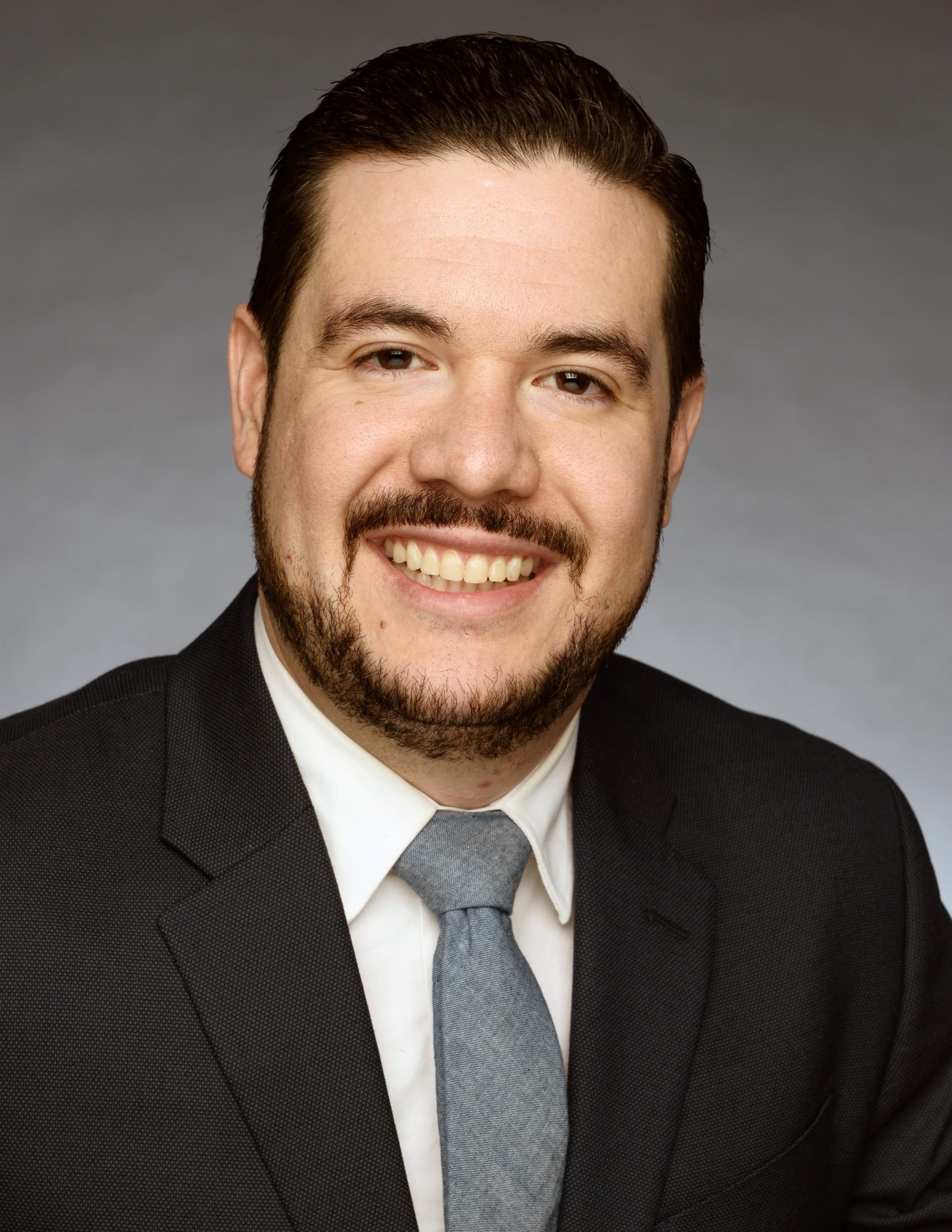- Sustainability
- DE&I
- Pandemic
- Finance
- Legal
- Technology
- Regulatory
- Global
- Pricing
- Strategy
- R&D/Clinical Trials
- Opinion
- Executive Roundtable
- Sales & Marketing
- Executive Profiles
- Leadership
- Market Access
- Patient Engagement
- Supply Chain
- Industry Trends
Q&A: Dr. Daniel Hernandez, Director of Medical Affairs and Hispanic Outreach, Global Healthy Living Foundation
Hernandez details how the non-profit organization advocates for improved access to care at the community, state, and federal levels, and amplifies education and awareness efforts within its social media communities.

Where is the industry right now with integrating DE&I into health equity research and educational practices?
The industry is currently in a phase where significant strides have been made towards integrating DE&I into health equity research and educational practices. Many organizations are realizing the benefits of DE&I strategies which is a step in the right direction. However, progress appears to be stalling due to a lack of trust of healthcare companies within underserved communities. Non-profit organizations, with their community-centric approach and commitment to public service, have a unique opportunity to bridge this trust gap and push DE&I initiatives forward.
What are some strategic ways for health sciences organizations to connect with underrepresented communities?
Connecting with underrepresented communities requires a multipronged strategy. Tailoring content to the unique needs and experiences of the target demographic is crucial, and this can be achieved through tools like mobile-first quizzes that educate and motivate, and culturally inclusive podcasts. Additionally, organizations can reach out to these communities through their preferred digital platforms, such as WhatsApp for the Hispanic community or WeChat for the Chinese American community. However, it's important to note that these strategies need to be implemented with sensitivity and respect for the community's cultural context to build trust and foster meaningful engagement.
Can you explain some methods you’ve personally used and found successful? How did you track the results?
At the Global Healthy Living Foundation (GHLF), we discovered the effectiveness of adopting a 'mobile- first' and accessible design approach for content creation toward the Hispanic community, as opposed to traditional methods. A 'mobile-first' strategy means that we prioritize the design and optimization of content for mobile devices, such as smartphones and tablets, before scaling it up to larger screens like desktops. This shift in strategy was driven by data from our analytics, which revealed that 85% of our Hispanic users engage with our content through their mobile devices.
Our shift towards this strategy was driven by insightful data from our analytics, which revealed that a substantial 85% of our Hispanic users access our content via their mobile devices. One standout example of our data-driven, mobile-first strategy is the BMS Foundation-funded program, HOPE-CAPE RA. This initiative aims to educate Hispanic patients about rheumatoid arthritis through quizzes that are optimized for mobile devices. These innovative mobile-friendly quizzes have far outperformed industry benchmarks, boasting a participation rate that exceeds the average by an impressive 30 percent.
Apart from mobile-first initiatives, we've also ventured into other successful methods such as developing podcasts that are specifically tailored for individual patient cohorts. This approach has resulted in remarkably higher engagement times, far surpassing industry standards. Another effective method we've employed involves the creation of culturally attuned content for preferred digital platforms of different ethnic communities. For instance, we've created content tailored for the Hispanic community on popular platforms like WhatsApp.
In order to track our results and measure the success of our strategies, we conduct regular monitoring and thorough analysis of data related to key performance indicators. These include user feedback, improvements in learning, participant engagement, reach within target geographical areas, and conversion rates across various platforms
How do you get the patient perspective videos and podcasts in front of the group you’re aiming to reach?
We tailor our content to specific patient cohorts and make sure that it is accessible and relevant to diverse communities within the target patient cohorts. This includes paying attention to the specific cultural, linguistic, or demographic factors when creating podcast content and incorporating diverse perspectives, stories, and experiences that resonate with these communities. This approach helps foster a sense of belonging and representation, thereby getting our patient perspective videos and podcasts in front of the group we aim to reach.
Once connected with these groups, how can companies utilize their perspectives to create a more patient centered approach?
First identify, and then address the unique challenges and experiences faced by diverse populations. By fostering a dialogue between businesses and their audiences, companies can gain crucial insights into patients' understanding and experiences within different cultural contexts. This can lead to improved health outcomes, informed decision-making, and a positive return on investment in DE&I efforts.
How do we get away from the stigma of ‘being a guinea pig’ when participating in clinical trials?
This is a complex issue that requires a multipronged approach. It's essential to build trust within the community. This can take time so starting trust-building before a clinical trial is imperative. Involve community leaders in the trust-building process, provide transparent and accessible information about the trials, and ensure participants' rights and well-being are always prioritized and communicated.
Incorporating diversity, equity, and inclusion principles into clinical trial design and recruitment can help to alleviate the guinea-pig stigma and turn it into a service a group of people can perform – extending several generations – for their community. This includes ensuring that trial participants are representative of the wider population and that the unique needs and experiences of underserved communities are respected. Additionally, ongoing communication and feedback about the pay-it- forward nature of trials can help to reassure participants that they are valued contributors to the research process, rather than 'guinea pigs'.
It's also important to note that trust-building, pay-it-forward messaging, and ongoing communication are sweet spots for nonprofits. These must play a critical role as trusted intermediaries in bridging the gaps between clinical researchers and underserved communities facilitating dialogue, answering questions, and addressing concerns.
